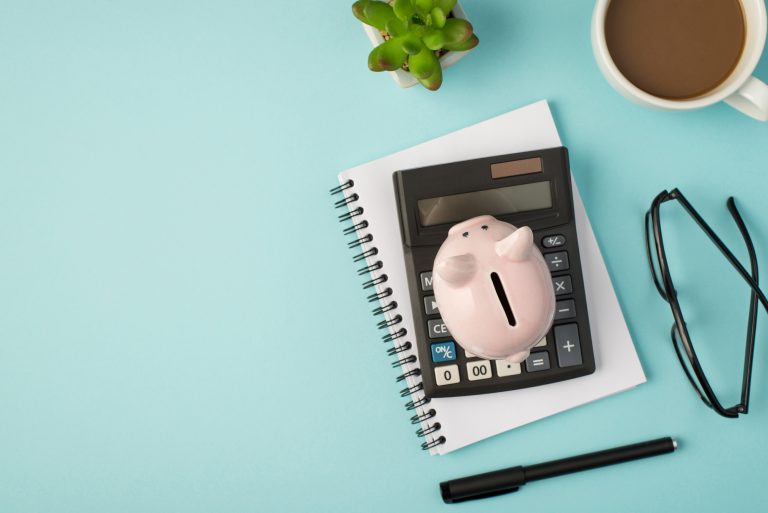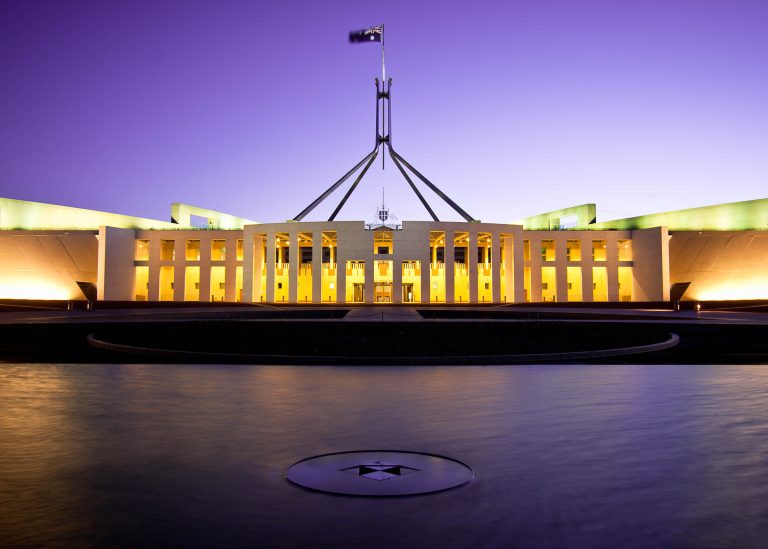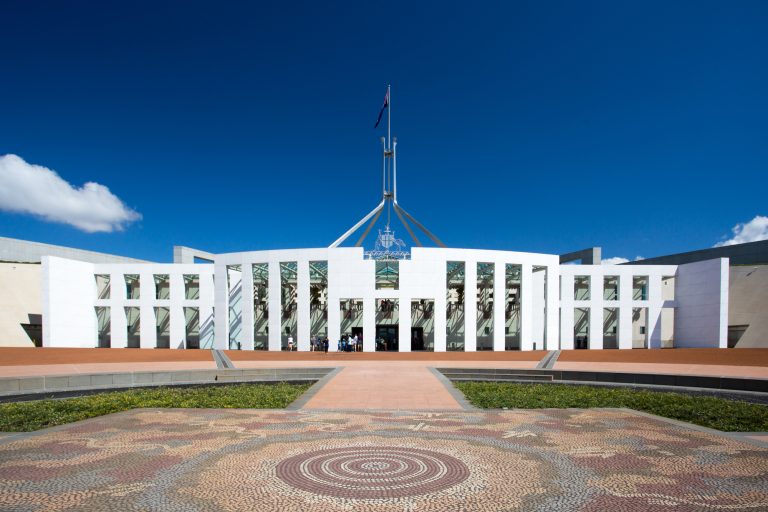Thriving in the ‘Gig Economy’
If you’re a freelancer or contractor or maybe even a consultant then you’re part of the “gig economy”. Gone is the job for life, or even a job in the normal, employed meaning of the word. For you, work consists of short-term contracts or a series of one-off jobs. “Gigs” as the band down at the pub might put it. For some, gig work is a liberating choice that allows them to work their own hours, holiday when they like and work wherever they wish. For others it’s a necessity in a weak job market where under-employment and age discrimination is rife, and more companies choose to outsource specific tasks. Key to the gig economy is technology, be it an Uber app, Skype, crowdsourcing sites or just email and the Web. A study found that 4.1 million Australians had freelanced in 2014/15, and it’s a trend more likely to grow than diminish. So if you’re a “gig worker” what can you do to make the most of your situation? It’s business If you’re happy picking up the odd jobs that fall into your lap for a little extra money, that’s fine. But if you are looking to earn a full-time income then you’re in business and need to operate accordingly. To begin with, you need to know: Who your potential clients are; How to reach out to them; How to gain referrals; The processes you have to put into place to track your work, issue invoices, and make sure you get paid on time; How to meet your tax obligations. Protect yourself Depending on the work you do and the requirements of your clients you may need a range of insurances: Professional indemnity insurance – if there’s any chance a client could sue you in relation to the work you are engaged to complete. Public liability insurance – in case your work activities cause injury to a member of the public. Income protection insurance – you may be eligible for workers’ compensation insurance, but the rules vary from state to state, depend on your business structure, and only cover work-related injuries. Income protection insurance will also cover you against illness and non-work-related injuries. Life insurance – if you have dependents but little in the way of net assets. Think long term Can you build your business into something you can sell? If not, how will you fund your retirement? As a gig worker you’re unlikely to receive compulsory superannuation contributions, but you can (and should) make your own contributions. Personal contributions are tax deductible up to the annual concessional cap of $27,500. Get advice All state and territory governments have departments of business that offer a wealth of information and support for small businesses. Check out the help available in your state. And talk to your financial adviser. Aside from being able to look at your insurance, savings and super needs, your adviser may be an experienced small business operator, a potential mentor, and a valuable member of your network. Contact us today! The information provided in this article is general in nature only and does not constitute personal financial advice.























